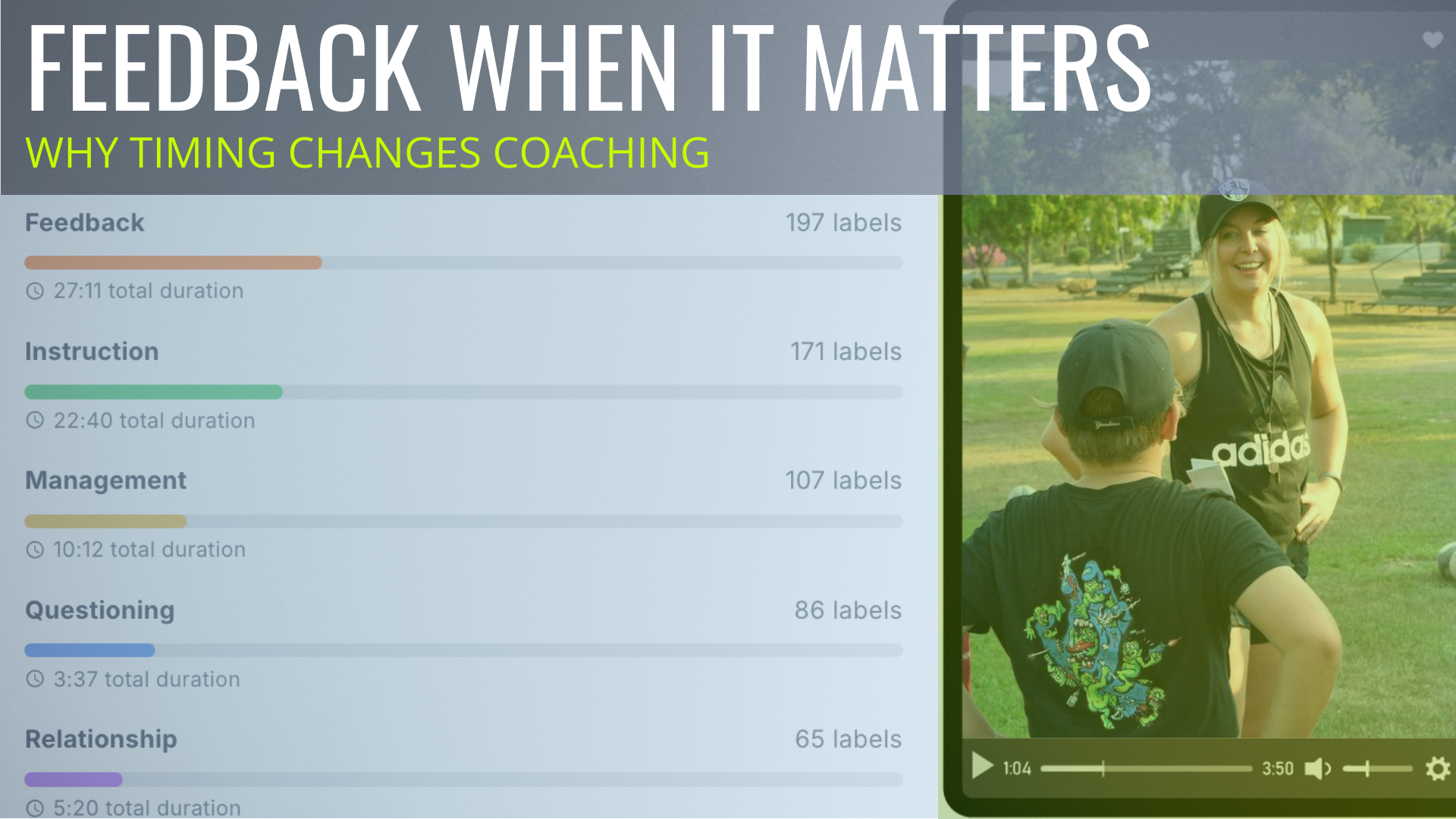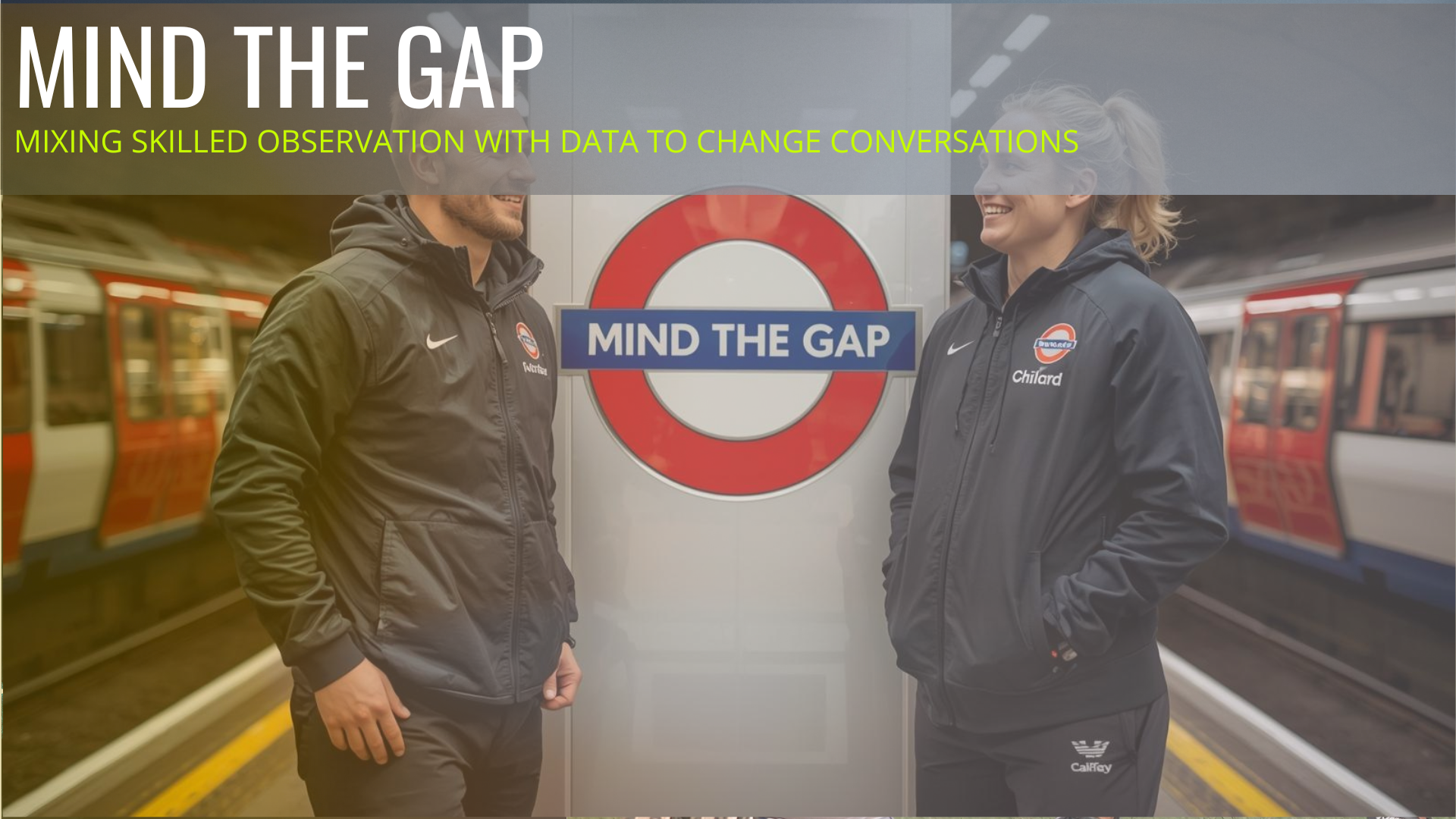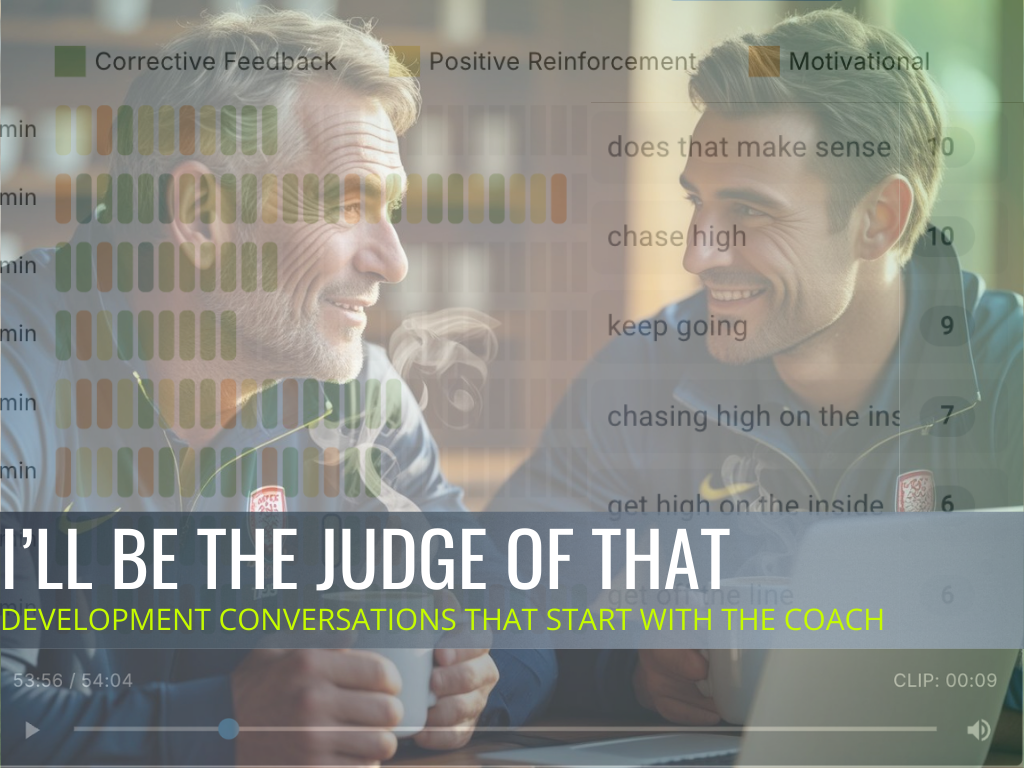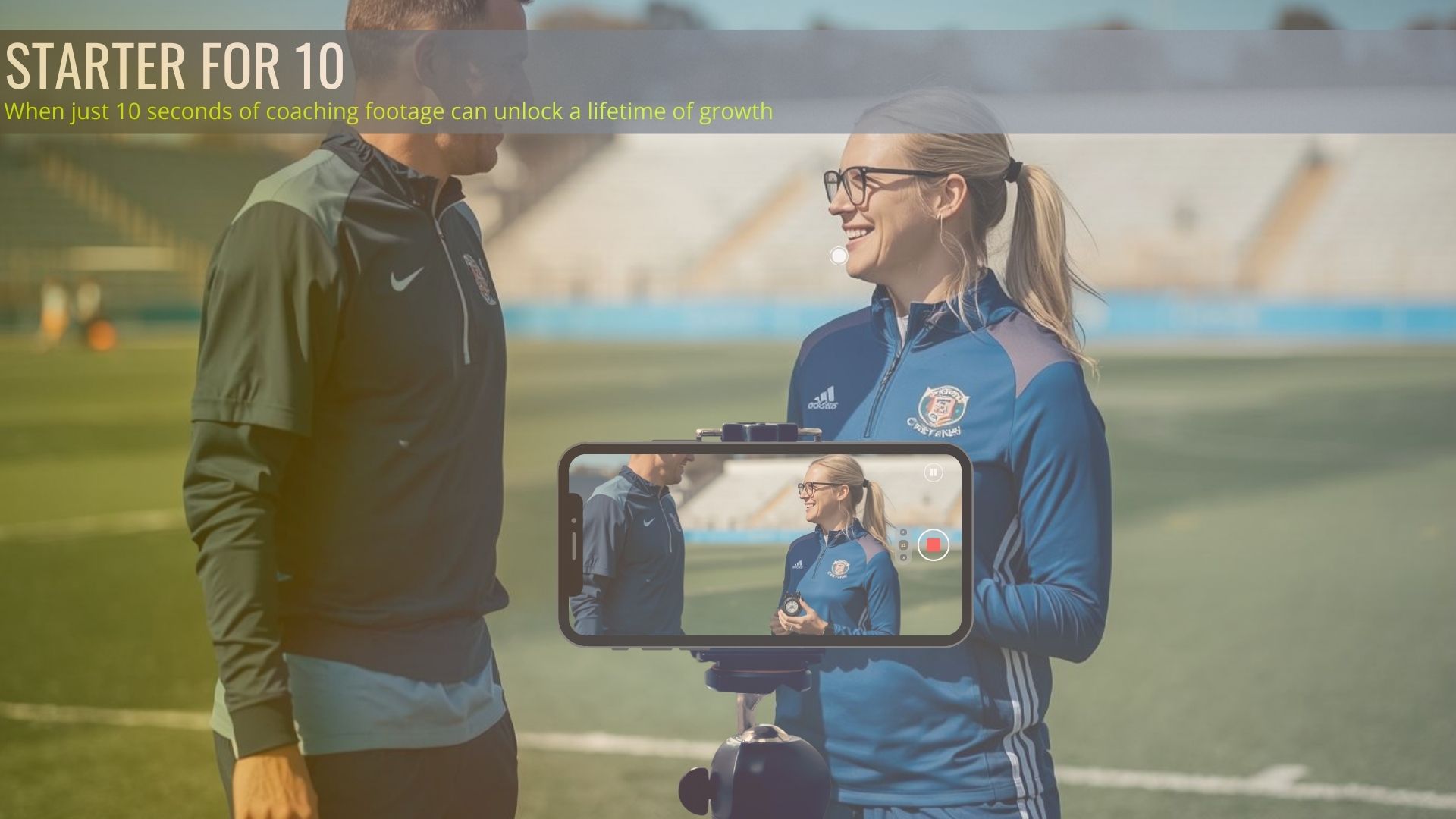Feedback when it matters: why timing changes coaching
We would never wait days, weeks or months to speak with an athlete about something that needs work. Yet in coaching, that delay is common. By the time formal feedback lands, a coach may have run three or four more sessions. Memory has blurred, context has shifted, and the moment that could have sparked change has drifted.
If the goal is behaviour change, feedback needs to arrive while intent is still fresh.
Why timeliness matters
- Short loops beat long ones. The closer feedback is to the event, the tighter the connection between action and consequence, and the easier it is to adjust next time.
- Memory is perishable. With delay, we default to the “gist” of a session. Detail, and therefore learning, gets lost.
- Actionable wins over evaluative. Specific, timely observations tied to the task/process are far more likely to change behaviour than late, general judgements.
In plain terms: the sooner we can see exactly what happened, the sooner we can do something useful about it.
“Tell me now, not at my next observation”
Most coaches would rather hear about a drift today, say, slipping into directive talk late in sessions, than at a six-month review. Athletes often ask to replay one or two key moments straight after a match; coaches deserve the same immediacy for their own practice. That might be a short clip of an exchange, a questioning sequence that closed thinking, or a tone that didn’t land as intended.
What timely feedback changes
- Sharper noticing. Coaches hear their own language sooner: “I thought I was asking; I was actually instructing.”
- Reflection-in-action. Because insight is fresh, the next session sees live adjustments, choosing a prompt instead of a statement, leaving a beat of silence, widening who gets attention.
- Pre-flection. As patterns become visible, coaches begin to anticipate their drift and catch themselves before the moment.
- Stronger relationships. A flagged “banter” moment reviewed the same day can prompt a quick check-in and a better plan; left for weeks, it becomes a fuzzy anecdote.
A practical rhythm (that respects time)
You don’t need heavy process to make timeliness normal:
- Set one intention before training (e.g., “finish with questions, not instructions”).
- Capture the session as you already do (phone, facility camera, existing platform).
- Find one or two short moments that relate to the intention (10–20 seconds each).
- Debrief the same day: start with the coach’s view; compare intention vs reality; agree one small change.
- Track lightly over the next few sessions to see if it sticks (simple notes or gentle trend view).
Short loop. Specific moment. Clear next step. That’s how habits form.
Making timeliness realistic
- Keep it clip-first. Start every review with two clips; totals and ratios can wait.
- Use light tools. Video or audio that’s easy to upload and scan beats perfect footage that arrives a week late.
- Make it mobile. A brief summary or link that works on a phone increases the chance reflection happens today.
- Protect trust. Private spaces for coach reflection, with anonymised shares for group learning, keep the tone developmental.
Measures that actually matter
If you want this to stick system-wide, track a handful of simple indicators:
- Time to debrief: % of sessions with a conversation within 24 hours.
- Micro-reflection completion: coach notes/voice reflections logged within a day.
- Change in a chosen behaviour: e.g., questioning:instruction in the final block.
- Coach sentiment: “Was this timely and useful?”
- Equity of support: early-career coaches receiving feedback as promptly as senior staff.
Bringing it back to athletes
We already know this principle for players. When a player misses a shooting cue, we don’t wait a month to show it. Coaching deserves the same respect. Give coaches the ability to revisit one or two key moments today, with someone they trust, or on their own, and the next session changes. Then the one after that. That’s how improvement compounds.
How SAM enables this in practice
This is exactly what SAM (Session Analysis Model) is built for - timely, actionable feedback without extra admin. A typical 40-minute session becomes objective, timestamped insight in around 20 minutes, with clear lenses (e.g., questioning vs instruction, speaking time, relationship cues) and jump-to clips that anchor same-day debriefs. Coaches can set a simple intention, review two clips that matter, and track gentle trends over weeks; non-judgemental prompts, not scores. It fits existing workflows (phone/GoPro/facility camera ingest), supports private coach channels and quick mobile/PDF summaries, and keeps the focus on behaviour change while the moment still lives.
If you’d like to find out more and try SAM out for yourself, get in touch, we’d love to hear from you.






